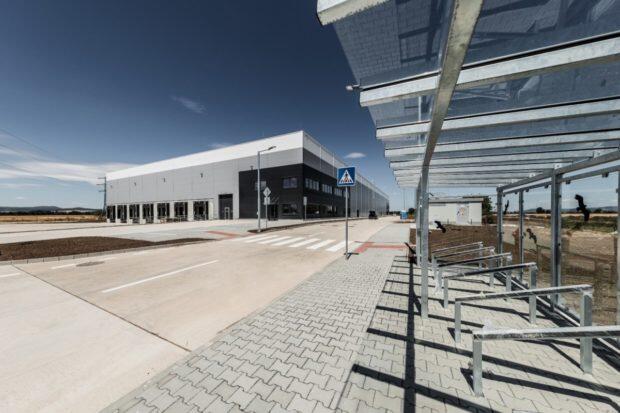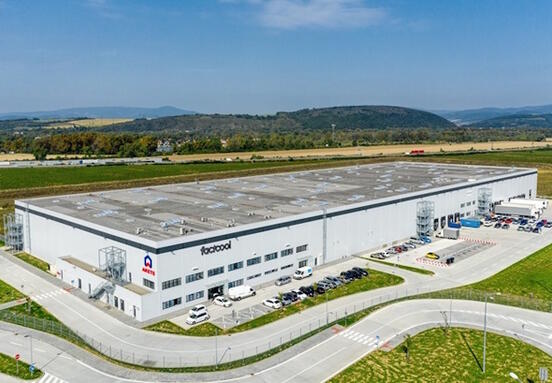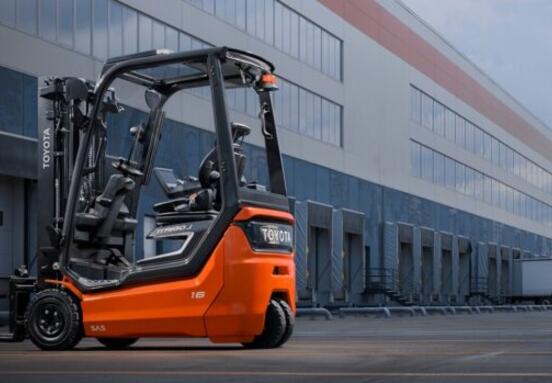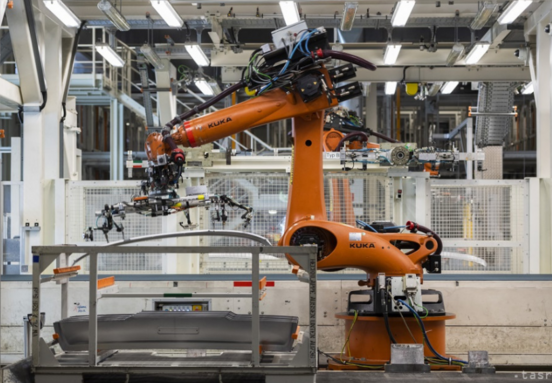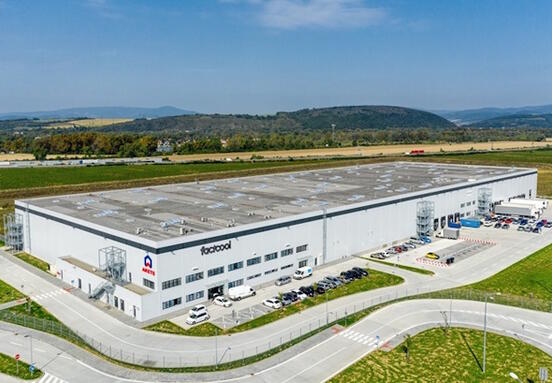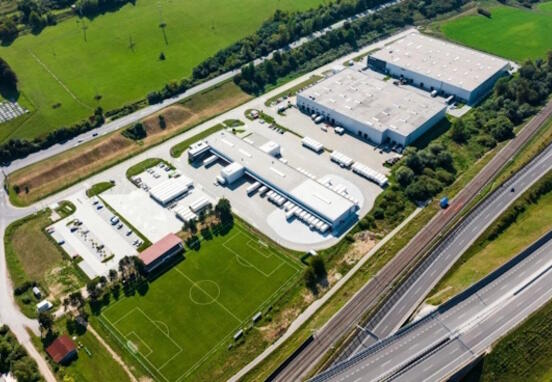The logistics market in Slovakia is growing. According to data from CBRE, in the second quarter of this year, it exceeded 3.72 million square meters (m2). The largest number of leased logistics spaces was in western Slovakia and in the vicinity of Bratislava. The total vacancy rate in Slovakia fell to 2.72%. "Currently, another 350,000 m2 of new industrial and logistics halls are in the development stage, of which 48% of the space is already contractually leased," said 365.invest real estate transaction manager Tomáš Cár.
Investors see good transport and accessibility as key when choosing the location of logistics companies. Therefore, according to the management company, proximity to highways and connection to customers, for example proximity to car factories, are important. A good connection to foreign countries is also important for the logistics market, including by means of transport other than road, for example by rail or ship. "In Slovakia, these are mainly locations near the D1, D2 highways and expressways, which mainly serve sectors such as 3PL (third-party logistics), automotive, retail, manufacturing, electronics and others," Tomáš Cár explained.
Global companies are increasingly moving their production and warehouse spaces closer to the end customer. According to the management company, the logistics market in Slovakia also faces challenges and changes. "For the next period, we assume that companies will place their production closer to local markets, which is also related to the increased demand for production and logistics industrial areas or logistics parks," said Tomáš Cár, adding that from the point of view of the location, it will be interesting to observe the increase in the importance of the eastern of Slovakia, which will benefit from the arrival of the Volvo car company in Košice.
According to the management company, urban logistics is also beginning to experience its boom in Slovak cities. "A key role will be played by the optimization of companies' costs (due to increased energy prices and financial costs), the availability of qualified labor and addressing environmental issues in the form of bringing long-term sustainable models for the development and management of industrial and logistics halls," added Tomáš Cár.
